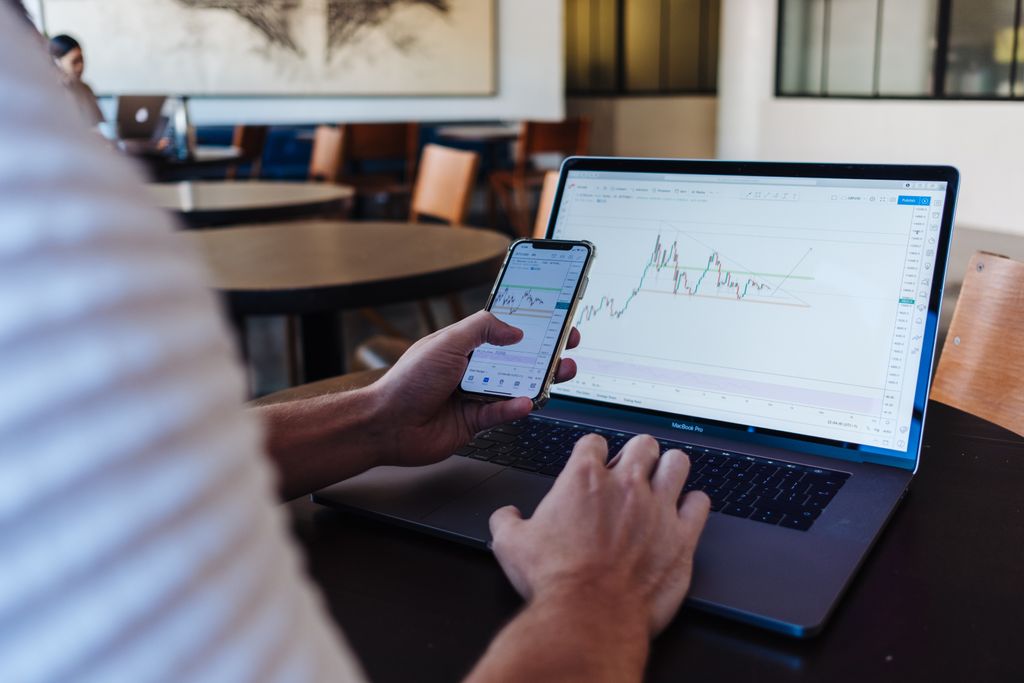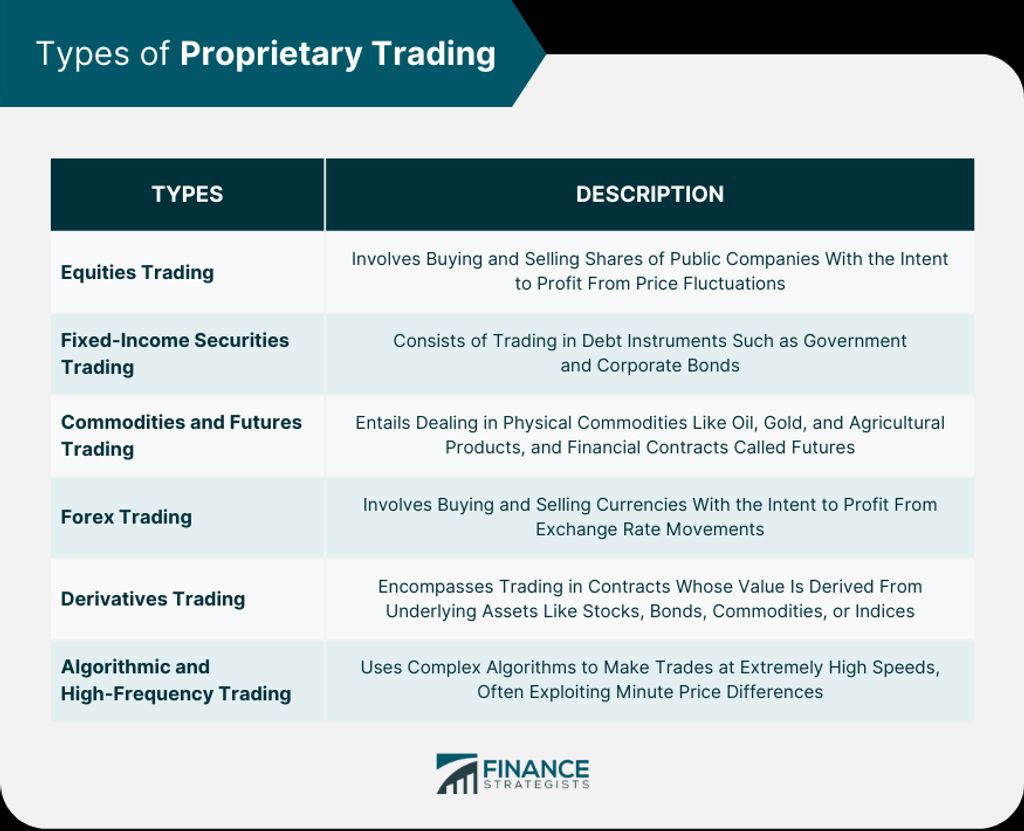Trading like a trader requires mastering the art of technical analysis, developing a winning trading strategy, and understanding the psychology of a successful trader. In this article, we will explore these three key aspects of trading and provide key takeaways to help you trade like a pro.
Key Takeaways
- Understanding candlestick patterns is essential for technical analysis.
- Identifying support and resistance levels can help determine entry and exit points.
- Using indicators to confirm trends can increase the accuracy of trading signals.
- Setting clear entry and exit points is crucial for developing a winning trading strategy.
- Managing risk with proper position sizing is important for long-term profitability.
Mastering the Art of Technical Analysis

Understanding Candlestick Patterns
Candlestick patterns are an essential tool for day traders. They provide valuable insights into market sentiment and can help identify potential trading opportunities. By analyzing the shape and color of candlesticks, traders can gain a better understanding of price movement and make more informed decisions. Candlestick patterns can indicate trend reversals, continuation patterns, and even potential entry and exit points. It’s important for day traders to familiarize themselves with different candlestick patterns and their meanings to effectively interpret price action.
Identifying Support and Resistance Levels
Support and resistance levels are key concepts in technical analysis. They help traders identify potential entry and exit points for their trades. Support refers to a price level at which buying pressure is strong enough to prevent the price from falling further. Resistance, on the other hand, is a price level at which selling pressure is strong enough to prevent the price from rising further. By identifying these levels, traders can make more informed decisions about when to buy or sell a security.
When it comes to identifying support and resistance levels, traders use various techniques. One common approach is to look for previous price levels where the price has reversed direction in the past. These levels can act as support or resistance in the future. Traders also use trendlines, which are lines drawn on a chart to connect the highs or lows of price movements. When the price approaches a trendline, it often reacts to it, creating a support or resistance level.
Another important tool for identifying support and resistance levels is volume analysis. By analyzing the trading volume at different price levels, traders can determine the strength of support or resistance. High trading volume near a support or resistance level indicates that there is significant buying or selling pressure at that level, making it more likely to hold.
In addition to these techniques, traders can also use indicators to confirm support and resistance levels. Indicators such as moving averages, oscillators, and trend-following indicators can provide additional insights into the strength of support and resistance. By combining these different methods, traders can increase their chances of accurately identifying support and resistance levels and making profitable trades.
Using Indicators to Confirm Trends
When it comes to trading, one of the most important aspects is being able to confirm trends. This is where indicators come into play. Indicators such as moving averages, trendlines, and volume analysis can help validate the strength of the trend and its potential longevity. They also assist in timing the market, allowing you to enter a trade at the right moment.
But how do you use these indicators effectively? Here are a few key points to keep in mind:
- Spot the trend: Use tools like moving averages, trendlines, and volume indicators to spot the trend. These tools help in validating the strength of the trend and its potential longevity, as well as timing the market.
- Enter the trade: Once you’ve identified a trend, consider buying into an uptrend or selling in a downtrend. However, it’s crucial to only do this when you believe the trend will persist. Additionally, setting trailing stop losses can protect your profits and limit potential losses.
- Exit the trade: Keep an eye out for trend exhaustion signals, which indicate that the trend may be reaching its end. Planning your exit strategy is essential to maximize your gains.
Remember, using indicators to confirm trends is a valuable tool in your trading arsenal. By understanding how to interpret these indicators and incorporating them into your trading strategy, you can make more informed decisions and increase your chances of success in the market.
Developing a Winning Trading Strategy

Setting Clear Entry and Exit Points
Setting clear entry and exit points is crucial for successful trading. It allows traders to enter a trade at the right time and exit with a profit. When setting entry points, it’s important to consider key factors such as market trends, support and resistance levels, and candlestick patterns. These indicators can help identify potential entry points and increase the chances of a successful trade. On the other hand, exit points should be determined based on profit targets and stop-loss levels. This ensures that traders lock in profits and minimize potential losses. By setting clear entry and exit points, traders can effectively manage their trades and increase their overall profitability.
Managing Risk with Proper Position Sizing
Proper position sizing is a critical aspect of risk management in trading. It involves determining the appropriate amount of capital to allocate to each trade based on the level of risk involved. By carefully considering factors such as the size of the trading account, the risk tolerance of the trader, and the potential loss on the trade, traders can ensure that they are not risking too much on any single trade. This helps to protect their capital and minimize the impact of losses.
One important consideration when managing risk through proper position sizing is to avoid overexposure to any particular trade or market. By diversifying the trading portfolio and spreading the risk across different assets or markets, traders can reduce the impact of a single trade going wrong. This can help to protect against significant losses and increase the chances of long-term profitability.
Another key aspect of managing risk with proper position sizing is setting clear stop-loss orders. A stop-loss order is a predetermined price level at which a trader will exit a trade to limit their losses. By setting a stop-loss order at a reasonable level based on the trader’s risk tolerance and the volatility of the market, traders can ensure that they cut their losses short and protect their capital.
In addition to proper position sizing, risk management also involves continuously monitoring and adjusting trades as market conditions change. Traders should regularly review their open positions and reassess the risk involved. If necessary, they should make adjustments to their position sizes or exit trades that are no longer aligned with their trading strategy or risk tolerance.
Remember, successful trading is not just about finding great trading setups, but also about effectively managing risk. By implementing proper position sizing techniques and following a disciplined risk management plan, traders can increase their chances of long-term success in the markets.
Implementing a Diversified Portfolio
Implementing a diversified portfolio is a crucial step in managing risk and maximizing returns in trading. By spreading investments across different asset classes, such as stocks, bonds, ETFs, options, and commodities, traders can reduce their exposure to any single investment and increase the potential for consistent profits. Diversification allows traders to take advantage of various market conditions and trading edges, ensuring that their portfolio is not overly reliant on the performance of a single asset or sector.
To effectively implement a diversified portfolio, traders can follow these steps:
- Conduct thorough research and analysis to identify a range of investment opportunities across different asset classes.
- Set clear allocation targets for each asset class based on risk tolerance and investment goals.
- Regularly monitor and rebalance the portfolio to maintain the desired asset allocation.
- Consider incorporating alternative investments, such as real estate or cryptocurrencies, to further diversify the portfolio.
Remember, diversification alone does not guarantee profits or protect against losses, but it can help mitigate risk and improve the overall performance of a trading strategy.
Psychology of a Successful Trader

Controlling Emotions and Avoiding Impulsive Decisions
Controlling emotions and avoiding impulsive decisions are crucial skills for a successful trader. It’s easy to get caught up in the excitement of the market and make impulsive trades based on emotions rather than logic. However, this can lead to costly mistakes and losses. To overcome this challenge, traders need to develop self-discipline and a strong mindset.
One effective way to control emotions is by implementing a set of rules and sticking to them. These rules should outline clear entry and exit points, as well as risk management strategies. By following these rules consistently, traders can avoid making impulsive decisions based on fear or greed.
Another important aspect of controlling emotions is maintaining discipline. This means sticking to the trading plan even when faced with tempting opportunities or unexpected market movements. It’s important to resist the urge to deviate from the plan and stay focused on the long-term goals.
Additionally, learning from mistakes is crucial for improving emotional control. Every trader will make mistakes at some point, but it’s how they handle and learn from those mistakes that sets them apart. By analyzing past trades and identifying areas for improvement, traders can develop better emotional control and make more informed decisions in the future.
In summary, controlling emotions and avoiding impulsive decisions are essential for successful trading. By implementing a set of rules, maintaining discipline, and learning from mistakes, traders can develop the emotional control needed to navigate the market effectively.
Maintaining Discipline and Patience
Maintaining discipline and patience are crucial for successful trading. It’s easy to get caught up in the excitement of the market and make impulsive decisions, but that can lead to costly mistakes. By staying disciplined, you can stick to your trading plan and avoid unnecessary risks. Patience is also important because it allows you to wait for the right opportunities and avoid chasing after every trade. Remember, trading is a marathon, not a sprint, and it’s important to stay focused and composed throughout the journey.
Learning from Mistakes and Adapting
The journey of a successful trader is not without its fair share of mistakes. In fact, learning from mistakes is a crucial part of the trading process. It’s important to analyze and understand what went wrong in order to adapt and improve your trading strategy. By reflecting on past errors, you can identify patterns and make adjustments to avoid repeating them in the future.
Adapting to changing market conditions is also essential for long-term success. The market is dynamic and constantly evolving, so what worked in the past may not work in the future. Traders need to stay updated with the latest trends, news, and indicators to make informed decisions. Flexibility and adaptability are key traits that allow traders to adjust their strategies and capitalize on new opportunities.
To become a successful trader, it’s crucial to embrace a growth mindset and be open to learning from your mistakes. Remember, every setback is an opportunity for growth and improvement. Stay curious, stay adaptable, and keep evolving as a trader.
The psychology of a successful trader is crucial in the world of Forex trading. It is not just about having the right strategy or technical skills, but also about having the right mindset and emotional control. Successful traders understand the importance of discipline, patience, and risk management. They know how to control their emotions and avoid making impulsive decisions. With the Forex system for success, you can learn the psychology of a successful trader and improve your trading skills. Don’t miss out on the opportunity to become a successful trader. Visit our website, Home – The Forex system for success, and start your journey towards financial freedom today!
Conclusion
In conclusion, trading like a trader requires mastering the art of technical analysis, developing a winning trading strategy, and understanding the psychology of a successful trader. By understanding candlestick patterns, identifying support and resistance levels, and using indicators to confirm trends, traders can make informed decisions. Additionally, setting clear entry and exit points, managing risk with proper position sizing, and implementing a diversified portfolio are essential for success. Lastly, controlling emotions and avoiding impulsive decisions, maintaining discipline and patience, and learning from mistakes and adapting are crucial for long-term profitability. Remember, trading is a journey of continuous learning and improvement. So, embrace the challenge, stay focused, and never stop honing your skills. Happy trading!



